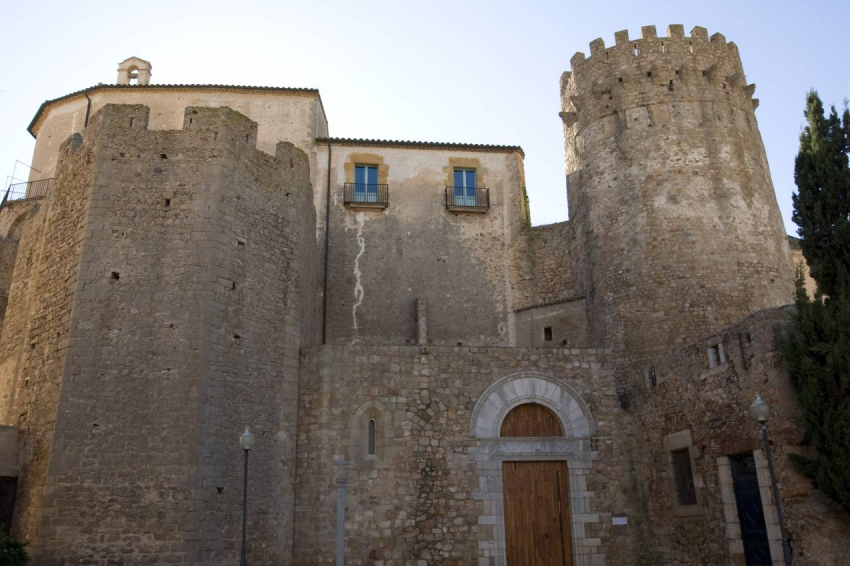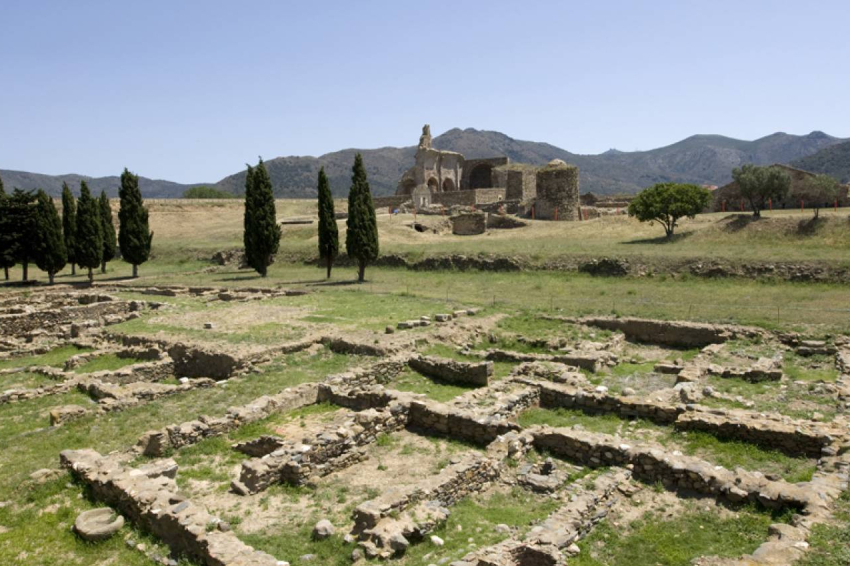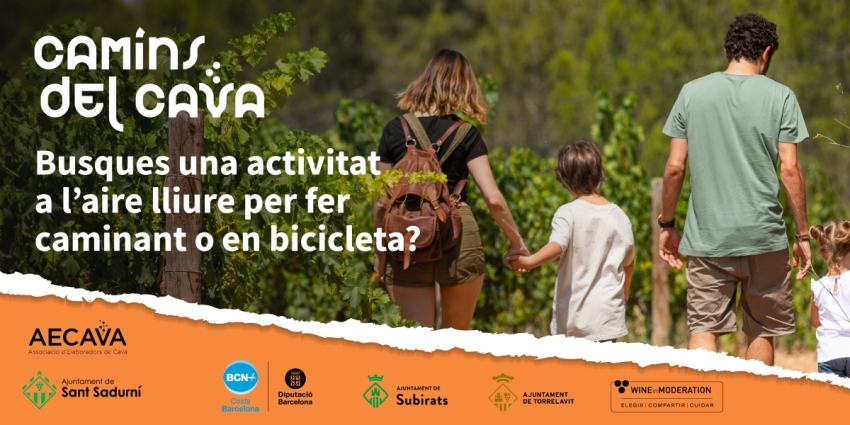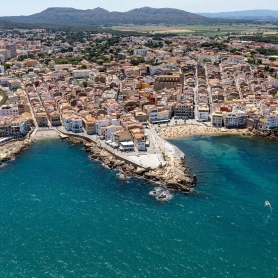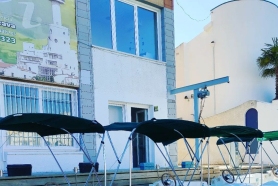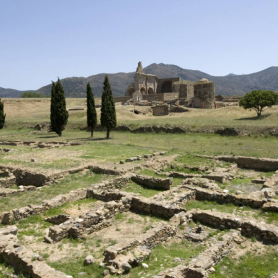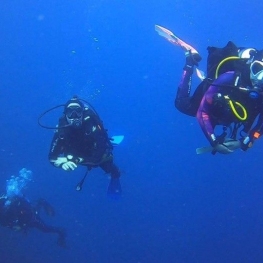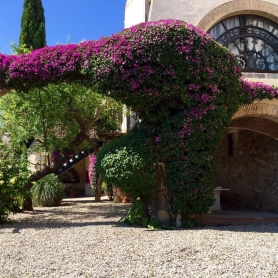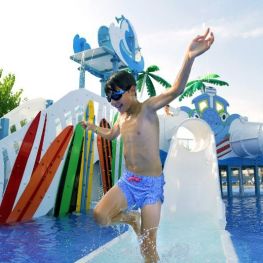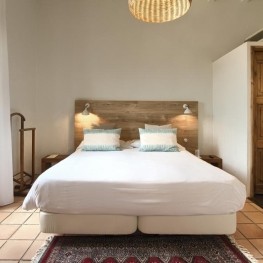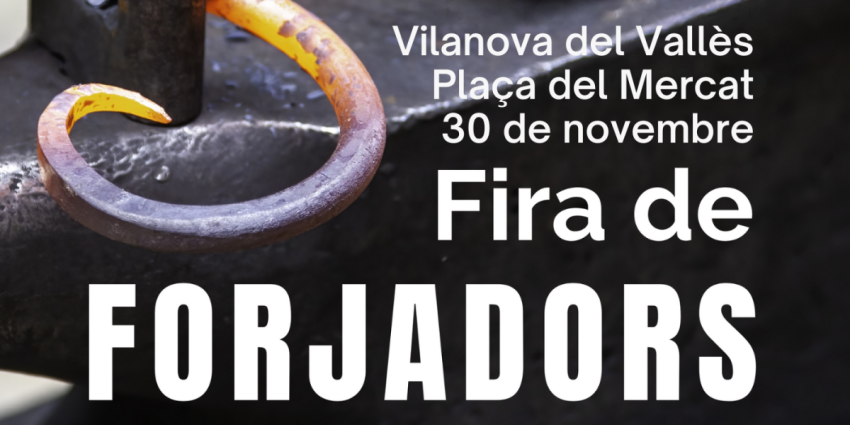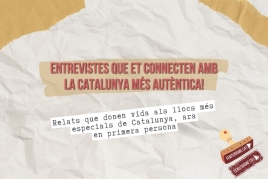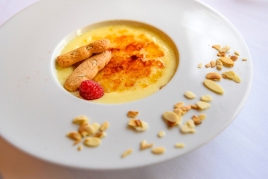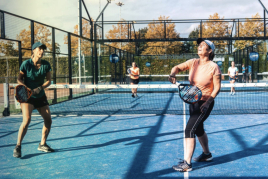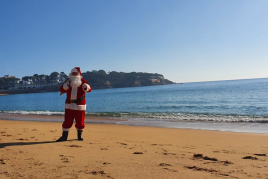Route through the Romanesque of Empordà: Stone, wind and memory
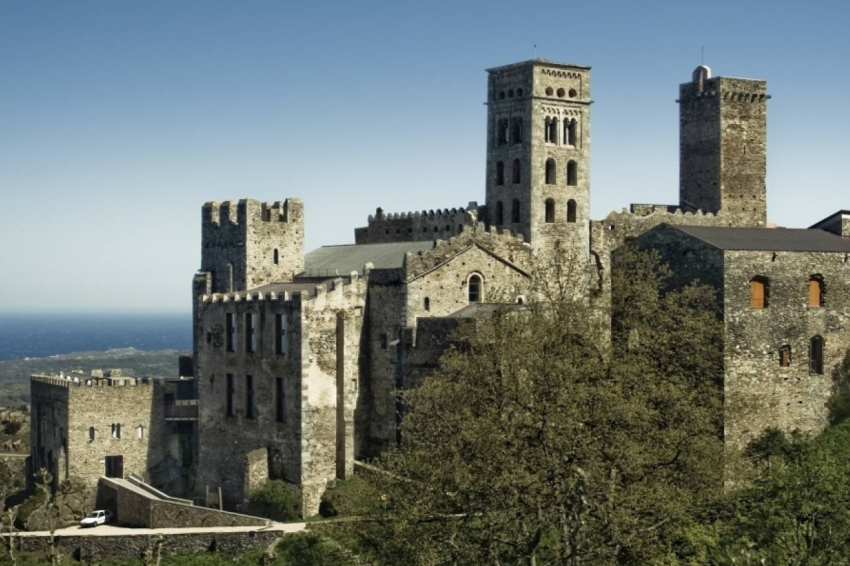
When we think of the Empordà region, coastal landscapes, charming villages, and figures like Dalí and Josep Pla often come to mind. But beyond that, there's a heritage that stands the test of time almost silently: the Romanesque architecture.
This route offers a tour of some of the region's most significant sites of this ancient architecture. Monasteries, churches, castles, and archaeological sites that illustrate what life was like in the Empordà region centuries ago, and which today can be visited leisurely, without large crowds, and with the advantage of being close to each other.
It's a way to discover the territory from a different perspective, connecting history, landscape, and culture. Unhurried, and with the desire to see what often goes unnoticed but is an essential part of the country's identity.
Route's villages
Sant Feliu de Guíxols: the entrance door
To the south of the route, the fishing village of Sant Feliu de Guíxols opens the door to our journey. The Monastery of Sant Feliu de Guíxols, with over a thousand years of history, is a living symbol of the persistence of Romanesque architecture in a coastal setting.
The current building blends styles but retains two essential elements of its medieval origins: the Porta Ferrada, an imposing pre-Romanesque portico that gives its name to Catalonia's oldest festival, and the two Romanesque towers, the Fum and Corn, which served to warn the population of danger. Today, the complex is a living space: it houses the City History Museum and contemporary art exhibitions, connecting past and present.
It is the ideal starting point because it represents the dual essence of Empordà Romanesque architecture: sacred stone and functional structure, spirituality and defense, art and memory.
From stone to magic: Santa Cristina de Aro
We continue on to Santa Cristina de Aro, where Romanesque architecture blends with the unexpected. Here we find two Romanesque churches: Santa María de Bell-lloc d'Aro, of pre-Romanesque origin, in the middle of the forest; and Sant Martí de Romanyà, a small, single-nave church located in a place where silence seems to speak. This church also houses the remains of the great writer Mercè Rodoreda.
But the real surprise comes with the Magic House, a unique museum dedicated to illusionism, conceived by magician Xevi. Inside, objects, posters, games, and mechanisms are displayed that tell the story of magic, in a charming setting. It's as if Romanesque architecture and mystery went hand in hand: one speaks of faith, the other of fantasy.
La Bisbal de Empordà: when Romanesque is civil
We leave the magic behind to enter a town where Romanesque architecture becomes everyday architecture. La Bisbal d'Empordà, known for its ceramics, preserves the Castell-Palau de los Obispos de Girona, an 11th-century building considered one of the most important examples of Catalan civil Romanesque architecture. Its tower, sturdy walls, and twin windows speak of a time when religious and political authority were also expressed through stone.
Just a few minutes' walk away, we find the Terracotta Ceramics Museum, housed in a former factory, where you can see how earth and fire have shaped the culture of this town. The dialogue between the medieval castle and the potteries reminds us that art doesn't just live in churches: it's also fired in kilns.
Ullastret: before the Romanesque
Before continuing with the pure Romanesque, we pause to understand the oldest foundations in the area. Ullastret is the largest Iberian site in Catalonia. Situated on a hill, it preserves walls, cisterns, streets, and houses from the 4th and 3rd centuries BC. The complex shows us how the Indigets lived, a people who already venerated the landscape and mastered construction techniques long before the arrival of Christianity.
It's a lesson in perspective: to understand Romanesque architecture, you need to know where we come from. And in Ullastret, you can see it with your eyes and feel it with your intuition.
Palau-Sator i Fontclara: charming discretion
Near Ullastret, the small village of Palau-Sator and the church of Sant Pau de Fontclara offer a different image of Romanesque architecture: intimate, rural, almost secret. This small church preserves mural paintings and a structure that has withstood centuries of silence. It's not monumental, but it moves. In these places, Romanesque architecture doesn't impose itself; it welcomes.
Roses and the Ciutadella: the weight of history
We arrive in Roses, where the Ciutadella shows us how the layers of history accumulate like strata of rock. The walled enclosure includes Greek (the Rhodes colony), Roman, Visigothic, and medieval remains. In the center, the ruins of the 11th-century monastery of Santa María de Roses speak of an active frontier Romanesque period that endured looting, reconstruction, and tragic endings.
The central apse, with its Lombard decoration, remains as a symbol of resistance. Visiting the Ciutadella is an archaeological experience, but also an emotional one: each stone seems to hold an ancient sigh.
Vilabertran: silence turned into stone
We continue on to Vilabertran, where the canonry of Santa Maria is one of the best-preserved Romanesque complexes in Catalonia. Founded in the 11th century, it combines the austerity characteristic of the order with subtle architectural elegance. The cloister, the church, and the chapter house create a space where everything seems orderly, inspiring peace.
The Canonry has been the setting for the Schubertiades, first-class musical encounters. The dialogue between music and rock here is natural. It's a place to breathe slowly, to stop and listen.
Rabós and Sant Quirze de Colera: primitive and pure Romanesque
We enter lands of ancient origin, where nature is wilder and the Romanesque style is unadorned. The monastery of Sant Quirze de Colera, amidst a landscape marked by dolmens and menhirs, is an impressive example of early Romanesque architecture: sober, strong, and essential.
Despite being in partial ruins, its three-nave structure, apses, cloister, and preserved mural paintings give a clear idea of what it once was. There is no luxury here: there is spirit. The silence that surrounds this place is a legacy as valuable as its stones.
Sant Pere de Rodes: culmination and legend
And we conclude the route to the summit. The Monastery of San Pedro de Rodas, perched above the sea, is much more than a monastery: it's an icon. Built between the 10th and 12th centuries, this monumental complex combines a church, cloister, bell tower, and palaces. All arranged on terraces that adapt to the mountain and offer a vast view of Cap de Creus.
The capitals, the portal by the Master of Cabestany, the arches, and the columns all display a high-level Romanesque style that retains its beauty. But beyond the technique, this site exudes mystique. Perhaps it's the landscape. Perhaps it's the constant wind. Or perhaps it's because, as legend has it, the chalice of the Last Supper was kept here.
Be that as it may, Sant Pere de Rodes is the ideal culmination of this journey, a place that encapsulates the strength, faith and grandeur of the Romanesque of the Empordà region.
The Romanesque architecture of the Empordà region doesn't seek to impress with its grand scale or excessive embellishments. Its value lies in its authenticity, in the way it blends with the landscape, and in all it can reveal to us if we pause to listen.
The route is an opportunity to discover a part of our heritage that often goes unnoticed, but is well worth discovering. Well-preserved, diverse, and accessible spaces offer a rich and coherent experience, both for those interested in history and for those simply looking to see unique and valuable sites.
Discovering Romanesque architecture in the Empordà is also a way to rediscover the region from another perspective: calmer, more reflective and, surely, more authentic.
What to do
Ciutadella de Roses
RosesDiscover the Ciutadella of Roses: a fascinating journey through 2,500 years of…
Triton Diving Llafranc
Palafrugell (a 12.7 Km)The center is located about 100 meters from the beach and the…
Where to eat
L'Espai Gastronomia
Tossa de Mar (a 11 Km)Enjoy a place where laughter, festivity, and gastronomy unfold around a large…
Where to sleep
Can Gibert Apartaments Turístics
Castelló d'Empúries (a 8.1 Km)Located in the historic centre of Castelló d'Empúries, Can Gibert offers 6…
Eurocamping
Calonge - Sant Antoni (a 8.5 Km)Eurocamping is a family campsite located in the heart of the Costa…
Hotel Hanoi
Begur (a 8.8 Km)Hotel Hanoi, an 18th-century Indian building, is one of the most charming…

